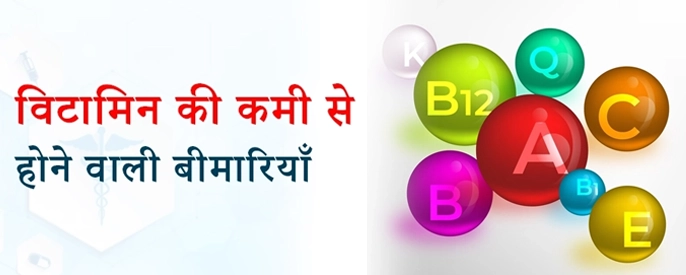
An iodinated contrast medium is frequently utilized while doing a contrast-enhanced computed tomography (CECT) of the abdomen. Iodine is a radiopaque chemical that is present in iodinated contrast agents.
An iodinated contrast medium is frequently utilized while doing a contrast-enhanced computed tomography (CECT) of the abdomen. Iodine is a radiopaque chemical that is present in iodinated contrast agents. This enables improved imaging and diagnosis by absorbing X-rays and improving the visibility of blood arteries, organs, and other structures during the CT scan.
The particular iodinated contrast medium used for CECT may rely on elements including the patient's medical history, allergies, renal function, and the preferences of the radiologist or healthcare facility. There are numerous varieties of iodinated contrast media available for CECT. Iodinated contrast agents that are frequently utilized for CECT of the abdomen include:
Iohexol
A nonionic, low-osmolar contrast agent is iohexol. Compared to more traditional high-osmolar contrast agents, it is thought to carry a decreased risk of adverse effects. It can be administered intravenously or orally and is generally well-tolerated.
Iopamidol
Iopamidol is a nonionic, low-osmolar contrast agent that is frequently used. It offers clear visualization and is appropriate for the CECT of the abdomen. It can be given intravenously and is offered in various concentrations.
Ioversol
This low-osmolar, nonionic contrast agent is another that is frequently utilized for CECT. It is regarded as safe and well-tolerated and offers good blood vessel and organ opacification.
Examining the patient's medical history is crucial before giving them iodinated contrast material. This includes checking for allergies, kidney function, and the presence of any diseases like diabetes or asthma. If there have been any prior negative responses to contrast agents, the healthcare provider may inquire and take appropriate precautions.
A needle or catheter is commonly used to inject the iodinated contrast material intravenously. Just before the CT scan, the contrast agent is injected into a vein, typically in the arm or hand. Weight, age, and the particular contrast agent being used are a few of the variables that affect dosage and rate of delivery.
Before the CECT procedure, patients must inform their healthcare provider of any allergies, conditions, or worries they may have to guarantee the safest and most successful delivery of the iodinated contrast material.













